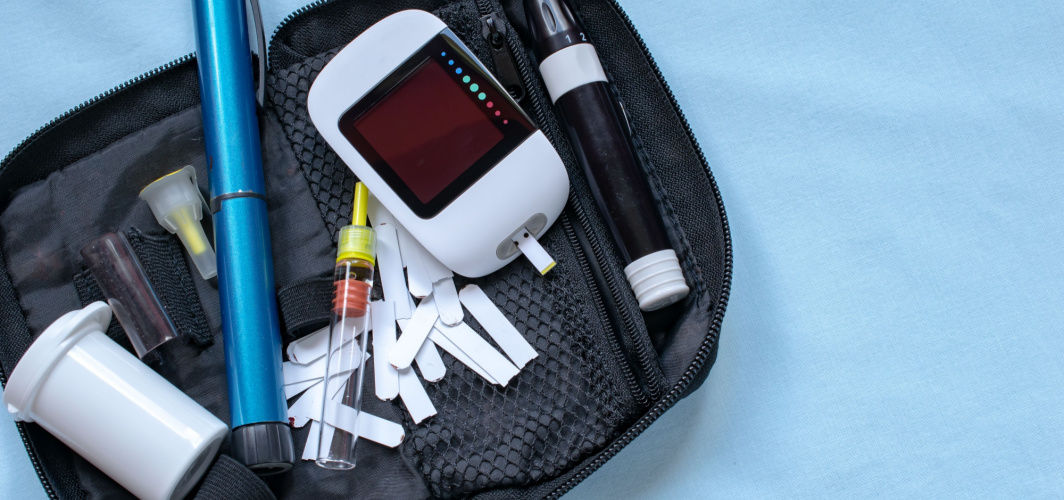Diabetes Management
Aerobic or Resistance Exercises: Which One is Ideal to Manage Blood Sugar?
4 min read
By Apollo 24/7, Published on - 25 November 2020, Updated on - 11 December 2023
Share this article
0
0 like

Aerobic exercise
Brisk walking
Swimming
Jogging or running
Cycling / stationary cycling
Climbing stairs
Dancing
What is interval aerobic training?
Resistance training
Free weights (e.g., dumbbells)
Weight machines
Resistance bands
Stretching exercises
Muscle-building exercise
Which exercise is ideal for diabetic people?
Conclusion
You can also try the Apollo 24|7 Diabetes Self-Management Tool to log your sugar values, track patterns, know all about food nutrition and more.
Diabetes Management
Leave Comment
Recommended for you

Diabetes Management
Can Diabetes Pass On To Generations?
Not only family history, there are other factors that can increase the risk of diabetes. These factors include being 45 years or older, a sedentary lifestyle, being obese or overweight, high blood pressure, high cholesterol levels, gestational diabetes, PCOS, stress and depression, and a history of heart disease. Individuals with two or more risk factors have a higher likelihood of developing diabetes compared to others.

Diabetes Management
Type 2 Diabetes: Is It Curable?
Diabetes is a chronic illness in which the body cannot process blood sugar. There are two types of diabetes - type 1 and type 2. Though type 1 diabetes has no cure, you can reverse type 2 with treatment and lifestyle modifications.

Diabetes Management
5 Essential Products Every Diabetic Should Have
Essential for diabetes management: blood glucose meter, test strips, lancets, insulin or emergency meds for hypoglycemia, glucagon emergency kit, medical ID bracelet. These ensure safety and effective management.
Subscribe
Sign up for our free Health Library Daily Newsletter
Get doctor-approved health tips, news, and more.
Visual Stories

8 Fruits That are Incredibly Healthy for Diabetes
Tap to continue exploring
Recommended for you

Diabetes Management
Can Diabetes Pass On To Generations?
Not only family history, there are other factors that can increase the risk of diabetes. These factors include being 45 years or older, a sedentary lifestyle, being obese or overweight, high blood pressure, high cholesterol levels, gestational diabetes, PCOS, stress and depression, and a history of heart disease. Individuals with two or more risk factors have a higher likelihood of developing diabetes compared to others.

Diabetes Management
Type 2 Diabetes: Is It Curable?
Diabetes is a chronic illness in which the body cannot process blood sugar. There are two types of diabetes - type 1 and type 2. Though type 1 diabetes has no cure, you can reverse type 2 with treatment and lifestyle modifications.

Diabetes Management
5 Essential Products Every Diabetic Should Have
Essential for diabetes management: blood glucose meter, test strips, lancets, insulin or emergency meds for hypoglycemia, glucagon emergency kit, medical ID bracelet. These ensure safety and effective management.